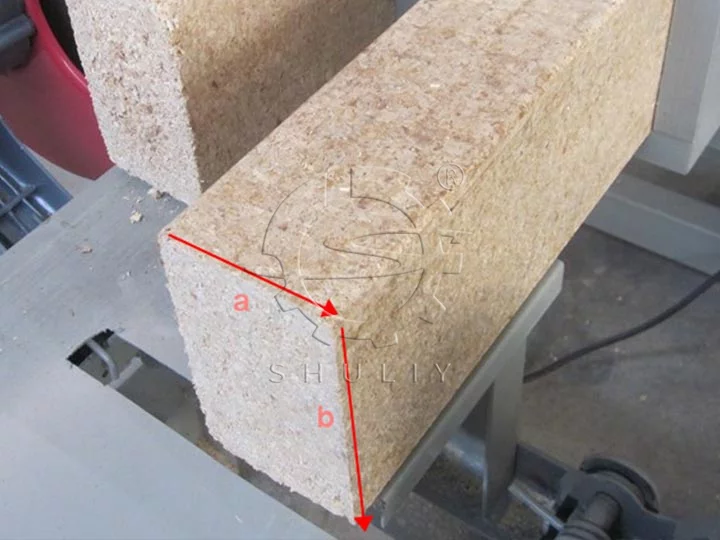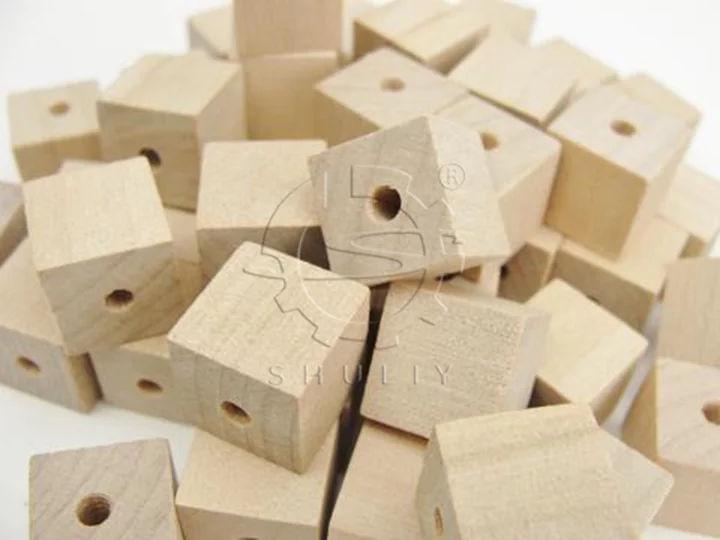In the realm of pallet block production, a key consideration revolves around whether to incorporate holes or maintain a non-porous structure. This decision is pivotal, as it directly influences factors such as air permeability, resistance to moisture, and ease of nailing.
In this article, we will explore the differences between pallet blocks with holes and non-hole pallet blocks, shedding light on the advantages and considerations associated with each variant.

Pallet Blocks with Holes:
Advantages:
- Air Permeability: The central longitudinal hole in pallet blocks allows for the discharge of methanol and water vapor. This feature enhances the air permeability of the wooden cubes, preventing them from expanding due to moisture and, consequently, extending their service life.
- Moisture Resistance: The ability of pallet blocks with holes to release moisture through the central hole makes them less prone to moisture-induced expansion, making them suitable for applications in varying environmental conditions.
Considerations:
- Nailing Challenges: While the central hole provides several benefits, it does pose challenges during the nailing process. Care must be taken to avoid accidentally driving nails into the central hole, which could compromise the structural integrity of the pallet block.
Non-Holes Pallet Blocks:

Advantages:
- Convenient Nailing: Non-hole pallet blocks are completely dense, lacking any central holes. This characteristic makes them more convenient for nailing, eliminating the need to navigate around a central void during the assembly process.
Considerations:
- Reduced Air Permeability: The absence of holes in non-hole pallet blocks may limit their air permeability compared to their counterparts with holes. This aspect is crucial in applications where air circulation within the pallet structure is a significant consideration.
- Moisture Sensitivity: Non-hole pallet blocks may be more susceptible to moisture-related issues compared to those with holes, as the absence of a central hole restricts the release of methanol and water vapor.
User Determined Density:
The choice between pallet blocks with holes and non-hole pallet blocks is primarily determined by the density requirements of the end-user. Higher wood density typically corresponds to better load-bearing capacity, making it essential to align the choice of pallet block structure with specific application needs.

Conclusion:
In conclusion, the decision to use pallet blocks with holes or non-hole pallet blocks involves careful consideration of factors such as air permeability, resistance to moisture, and ease of nailing. Understanding the distinct advantages and considerations associated with each variant empowers users to make informed choices based on their specific density requirements and application needs.
Ultimately, whether punctuated by holes or completely dense, pallet blocks play a crucial role in the logistics and transportation industry, and their design should align with the demands of the intended application.



